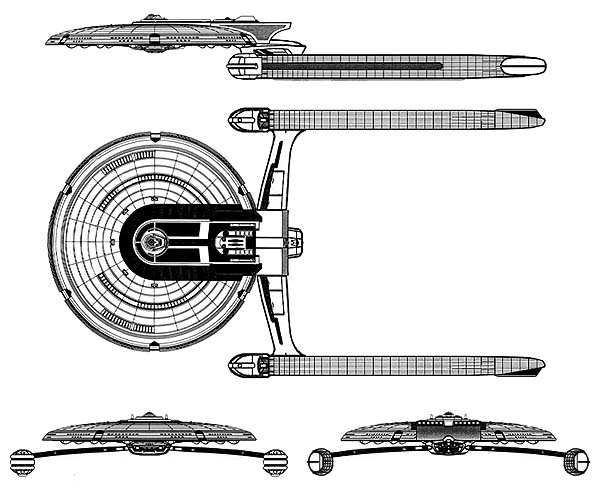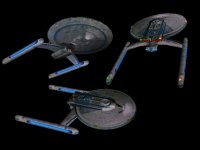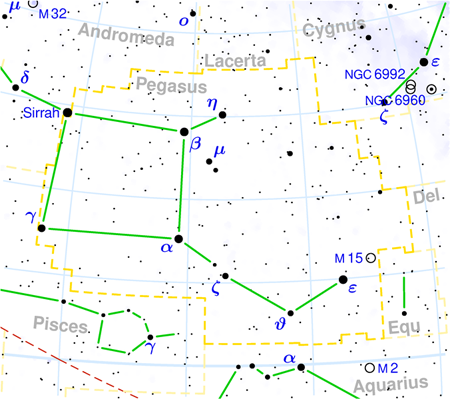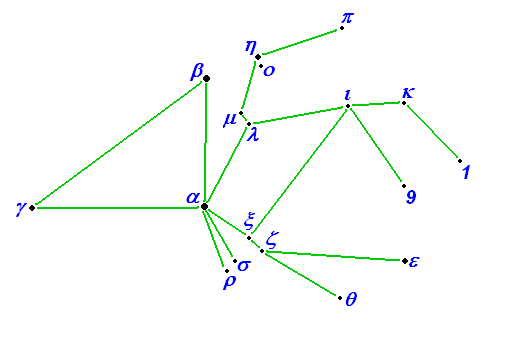Ship Specifications of the USS Pegasus
Before we start with reading the specs of the Centaur Class, You can find a page with the uniforms
that
are to be worn aboard the USS Pegasus by Clicking Here
Centaur Class StarshipSpecs - Description - Deck Listing - Story Behind the NameSpecs: |
Description: The original design brief was for a medium-size ship capable of performing 85% of the Excelsior's mission capabilities while requiring a smaller crew and fewer resources and having a shorter build time. The design team borrowed from the Miranda class concept for their design, but based the ship off of the Excelsior class components that were coming out of the shipyards. The ship was given a forward Shuttlebay, which also helped shield the bridge from enemy fire in case of shield failure. This unique placement also allowed for rapid deployment of attack or rescue craft towards the ship's destination or target. Having only the one Shuttlebay would normally mean a small complement of support craft, but the large capacity of the bay allows it to carry a larger complement when necessary. The ship's design is centred on the Excelsior class saucer, so the internal arrangement is similar in the crew areas. The ship's Phaser banks are arranged with 4 on the dorsal saucer, 5 on the ventral saucer, and 1 on the aft of the lower pod. There are two torpedo launchers on the forward side of the pod and 1 aft-firing launcher aft of the bridge on Deck 2. To protect the bridge from any cases of a launcher jam, the launcher was placed at the end of a long extension away from the main section of Deck 2. Another unique feature of the design is an ejectable bottom deck, which stores the Antimatter containment pods. The entirety of decks 15 and 16 are contained in a blister-like attachment to the bottom of the cargo/engineering section that can be ejected from the ship in an emergency situation, which makes it easier to retrieve the antimatter later if it doesn't detonate as a result of whatever emergency prompts the ejection. This feature is intended for use in conjunction with a warp core ejection and thus the ship has no warp core ejection hatch on the lower hull. The Centaur has surprising manoeuvrability for its size and era, surpassing the Miranda class and rivalling the newer Intrepid class in combat situations. This has given the ship a high survival rate in massed-fleet combats, though it doesn't fare quite as well in one-on-one engagements. In this role it is an excellent fleet-support ship, being able to defend larger ships against attacks from smaller enemies and draw the fire of large cruisers. The Centaur has proven itself effective at border patrol and anti-pirate activities, and more recently in the Cardassian and Dominion wars as a fast attack ship. It has also proven itself effective in convoy harassment and raids, being able to use its manoeuvrability and speed to perform hit and run attacks and take minimal damage itself. Along with its battle capabilities, the Centaur has proven a solid platform for scientific operations of varying natures. Several Centaur class ships have been involved in planetary surveys and archaeological expeditions. Their easily accessible cargo areas also provide an excellent capability for transporting medical supplies and scientific equipment, as well as other supplies. It's not a cargo ship, but works well as a medium-range courier for small amounts of supplies. |

| Deck Listing: Return to top
|
| Story Behind the Name: Return to top |
In Greek mythology, Pegasus (Greek name: Πήγασος) was a winged horse that was the son of Poseidon, in his role as horse-god, and the Gorgon Medusa. Depending on the historical source, the plural for pegasus is pegasi or pegasuses. Descriptions vary as to the winged stallion's birth and his brother the giant, Chrysaor; some say that they sprang from Medusa's neck as Perseus beheaded her, a "higher" birth, like the birth of Athena from the head of Zeus. Others says that they were born of the earth as Medusa's blood spilled onto it, in which case Poseidon would not be their sire. Athena caught and tamed Pegasus, and presented him to the Muses at Parnassus. Hesiod connects the name Pegasos with the word for "spring, well", pēgē; everywhere the winged horse struck hoof to earth, an inspiring spring burst forth: one on the Muses' Mount Helicon, the Hippocrene ("horse spring"), at the behest of Poseidon to prevent the mountain swelling too much and another at Troezen. The actual etymology of the name is most likely from Luwian pihassas "lightning", or pihassasas, a weather god (the god of lightning). In Hesiod, Pegasos is still associated with this original significance by carrying the thunderbolts for Zeus. Pegasus aided the hero Bellerophon, who is a double in some way for Perseus, in his fight against both the Chimera and the Amazons. There are varying tales as to how Bellerophon found Pegasus, some say that the hero found him drinking at the Pierian spring and that Polyidus told Bellerophon how to find and tame him, others that either Athena or Poseidon brought him to Bellerophon. Prior to aiding Bellerophon, Pegasus brought thunderbolts to Zeus, and following Bellerophon's death he returned to Mount Olympus to aid the gods. In his later life, Pegasus took a wife, Euippe (or Ocyrrhoe) This family is the origin of the winged horses. Pegasus was eventually turned into a constellation, but a single feather fell to the earth near the city of Tarsus (hence its name). The Constalation Pegasus:
(Source: Wikipedia) |
| Fun Facts: |
- Andromeda VI is also known as The Pegasus Dwarf |
(source: Obsidian Fleet Database & Memory-Alpha)



